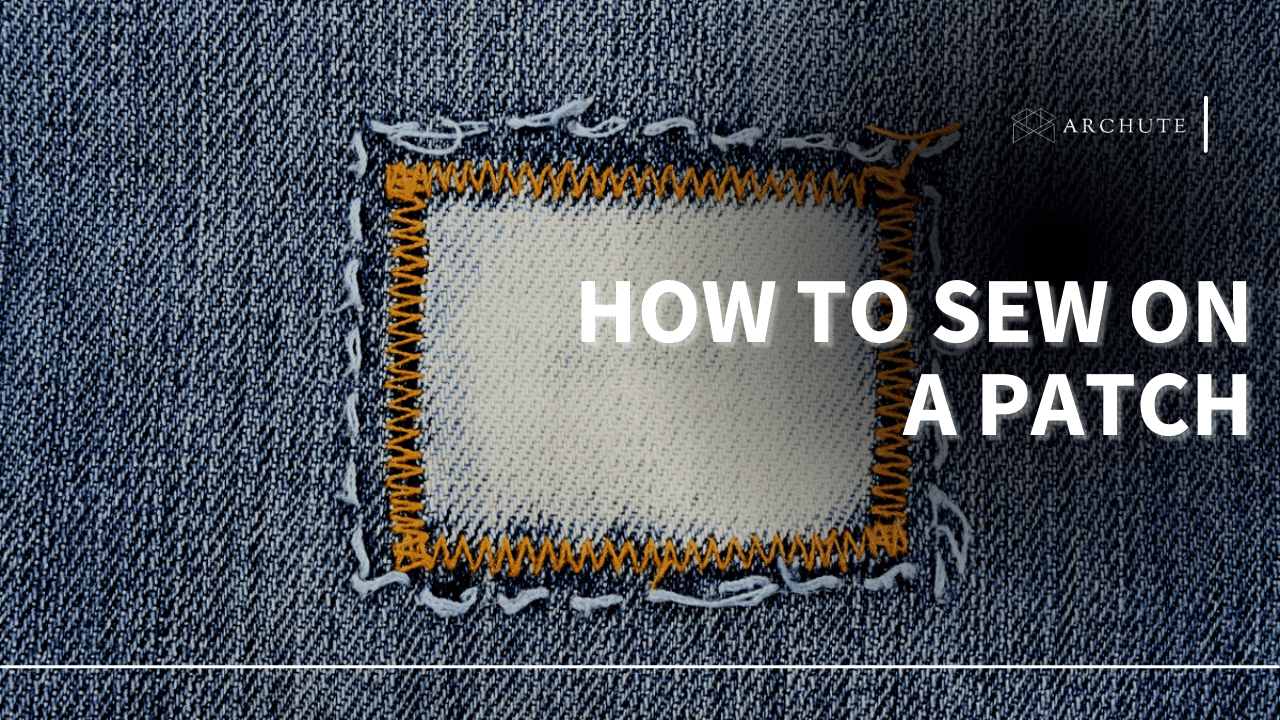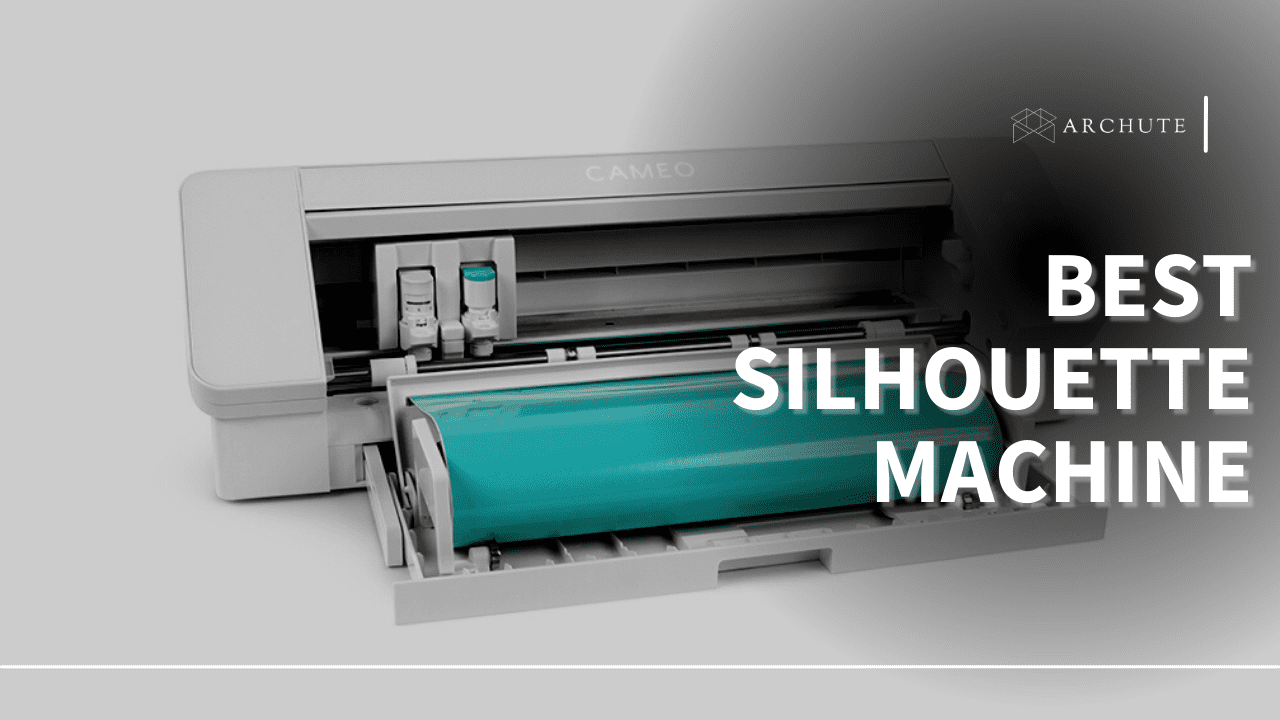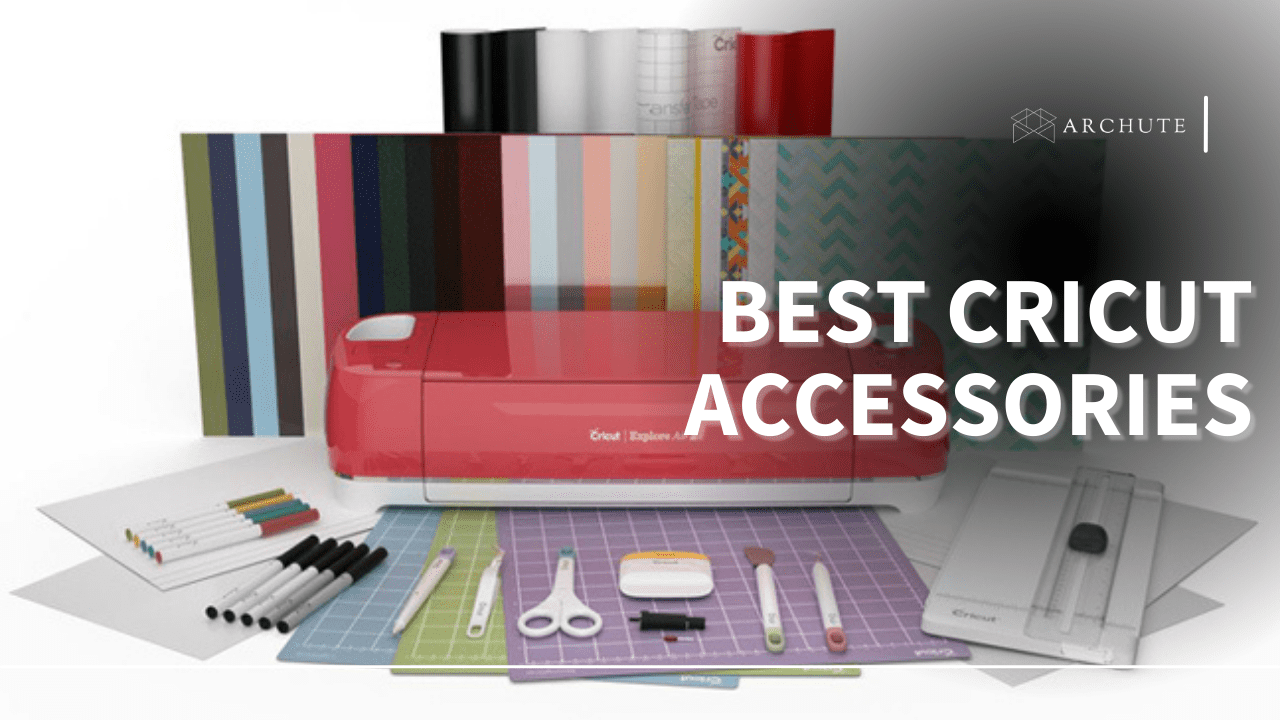Why Sew A Patch?
First of all, it is a better way to repair a torn part of a pretty garment. It also gives new life to the garment. A patch can also be used to mend or cover a tear, especially with children's clothes. When the patch is sewn, it ensures that the torn garment is worn for a much longer time.
When a logo, emblem, or patch is sewn on the garment, it certainly adds more value to it since it can be seen from afar. If one decides to do some pretty patchwork or embroidery by creating their patch, it is so pretty and decorative, which adds a lot of value to an old pair of jeans or jacket.
How To Sew A Patch
There are various known methods that one can use to sew a patch. Some people sew by hand, others by the sewing machine, while others use strong bonding glue to stick the patches to the garment's torn place. However, stitching is the most durable way to sew patches since one simply requires a thread and a needle for the most secure patch. By hand sewing and using decorative thread, the outcome is a little decorative, adding more value and flair.
Sewing Patches By Hand
Anyone who intends to sew a patch by hand will find the following tips very imperative.
a) Making Sure That The Place Is Well Cleaned
In every sewing patch endeavor, preparation is very crucial. The first thing that one needs to do is to carefully examine the torn hole and neatly trim away all the torn edges.
b) Being Creative
It is important to cut the desired size with a shape to avoid an instance where they do not go in sync. A bad mismatch is when one uses a heart-shaped patch on a square-shaped hole since it ends up producing a contrasting look.
c) Choosing The Best Fabric
It is imperative to make the best choice for the patch fabric. Even when the person sewing wants to make a little contrast in colors, it is important for her to understand that if the fabrics do not match, it will not be a very good fashion statement. At all times, the patch should compliment the garment and not go against it.
d) Backing
If the fabric is too light, it might need a sewing backing to make a sturdy double-layer, especially on the knee and elbow areas. It is advisable to use some fusible webbing with bonding to ensure that sturdy sewing is achieved. The bonding plays a significant role since it secures the patch before it is sewn. There is no need for stronger fabrics like denim for one to back since they are already strong enough to withstand the sequin patches.
The Actual Hand Sewing
If all the above steps are taken into serious consideration before the actual hand patch sewing, the end result will be completely enticing. Typically, hand-sewn patches look very enticing because they have pretty decorative embroidery stitches. One can use the whip stitch, the running stitch or even the blanket stitch to get the most amazing finished product.
Types Of Hand Sewn Patches
There are different types of decorative stitches that anyone sewing by hand can take advantage of. The first type is sewn on the right side of the fabric so as it covers the area to be patched. The best thing about this patch is the fact that it can be in any size or shape.
The second type is the reverse applique artwork that involves the damaged area being cut into a certain shape and the fabric placed underneath. The stitching is mainly done on the garment.
For both types, the sewing can be done using contrast fabrics since all that the person sewing needs is to use a decorative thread with a touch of sequins ad buttons to achieve the desired results.
How To Sew On A Patch On A Hole Edge With A Machine
In many instances, machine-sewn patches end up being more durable and secure. A sewing machine is used in the event there is a garment that is seriously torn that needs to be fixed. When machine sewing, the preparation procedures are as similar as those of hand sewing and all the edges have to be well trimmed and ready for the sewing bit.
If the person sewing follows all the important steps to sew on a patch, then all the patches will end up looking really incredible. The most exciting thing is that even when one wants to sew on a badge on clothing or on denim jackets, the preparation technique is usually the same since the cloth has to be prepared. The edges must be trimmed until they are ready for one to place the patch.
This tutorial article will guide any cloth designer on the best way to sew patches, the best way to attach them, the appropriate stitch length, and the best fabric glue for different clothing types. As earlier mentioned in a post in this tutorial, different stitches are suitable for different clothing types.
Anything that one needs to patch should strictly adhere to step 1 up to the last to produce good stitches for the final product. The patch has and will continue being a fashion statement that many have come to like, with some even embracing the idea to higher levels.













